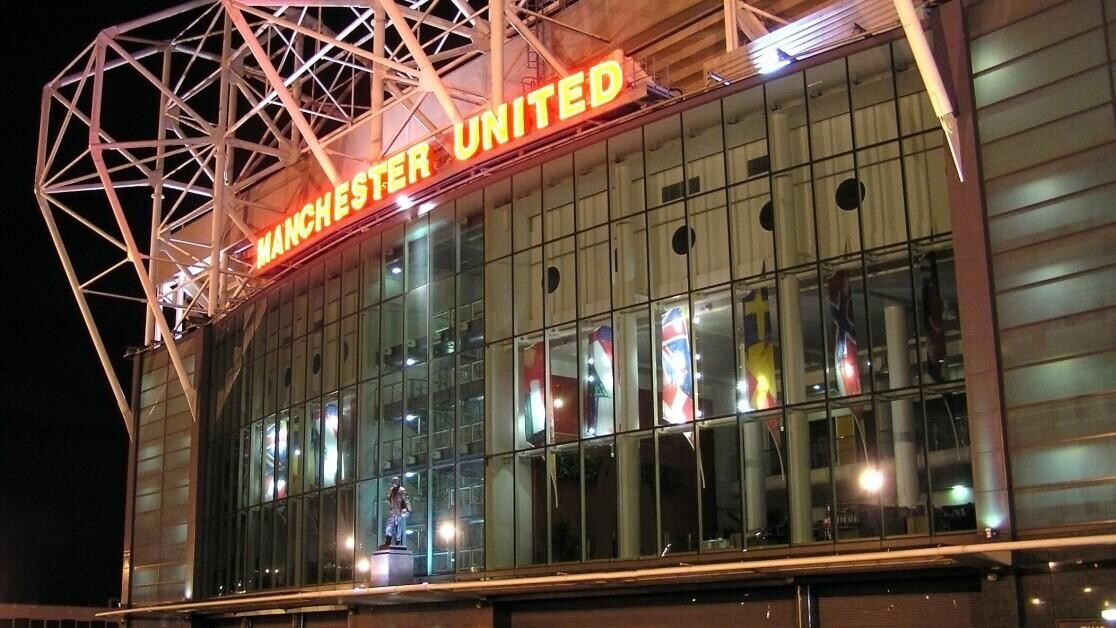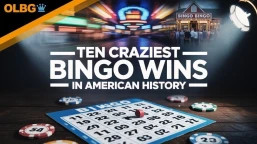
With 30+ years in racing and betting, Darren helps punters develop their skills. As OLBG’s Tipster boss and expert guide, he turns insight into winning strategy.
Introduction To Laying - Part 2
Having hopefully grasped the basics of what laying involves in part 1 it is time to consider how best to put that information to work.

However, as I mentioned in the first article, laying is a personal thing and must eventually be tailored to suit one's own requirements.
After reading my introduction laying blogs to please check out the betting school articles on:
The Importance of Value Betting
You will no doubt have heard talk of only betting when you consider the bet to have value.
Because it is likely that you will be laying at higher odds than you would probably be able to back the same selection, it is even more important to consider whether you are getting value for your money.

So what is value and how does one judge it? A good question ( well two good questions actually).
Unfortunately, as it is a matter of personal taste.
Experience is possibly the closest to an answer that I could suggest without guiding you down the lines of my own preferences.
This may be no better or worse than those of anyone else, and more importantly, may not be suitable for you.
I would, however ( and I think virtually all would agree on this point ) advise that initially, one avoids laying horses at longer odds.
This is because even to small stakes, the effect on morale of laying a couple of big priced winners so soon into the venture may be even greater than the effect on the bankroll.
As far as instant markets are concerned, it is purely a question of how likely you deem any particular outcome to be and how closely the odds available reflect this.
With long-term markets ( Premiership Winners/Relegation ) one also needs to factor in how much capital will be tied up ( your liability, not your stake remember ) and for how long.
An example of that can be taken from this season's relegation battle.
Long Term Laying
It is possible to lay teams at long odds between 75.00 and 100.00.
A £10 bet if backing them to be relegated would tie up £10 of your funds but if accepting a £10 lay bet, £750 to £1000 would be treated as exposure.
What that means is that of the funds in your account, £750 to £1000 would no longer be available to you for everyday betting, these would be reserved in case you needed to payout.
Now for examples of laying and how the outcome will affect your bet.
Horse Racing Laying - An Example
A simple horse race
- FRANKEL 2.50
- ENABLE 3.50
- SEA THE STARS 6.00
- OPERA HOUSE 8.00
- SWAIN 16.00
Two more new terms to learn although one should be familiar.

For tipping competitions OLBG uses LSP.
That stands for Level Stake Profit and shows results based on backing a selection to a £1 stake on each.
LTL is the method used for settling lay bets but instead of using £1 as the stake, £1 is used as the liability, so LTL means Lay To Liability.
To make numbers easier to understand I shall use £10 as the basis for LSP and £100 as the basis for LTL.
In this example, if laying £10 on FRANKEL at 2.50, you lose £15 if FRANKEL wins ( remember 2.50 is 6/4 ) and win £10 less 50p ( 5% commission ) if he loses making the odds effectively 2.579.
If you had backed FRANKEL to the same stake you would have won £15 less 75p commission (net 14.25 ) or lost £10 making the odds 2.425.
That is where the difference in value has to be judged.
You can back the horse at 2.425 but you lay it at 2.579!
It is a similar thing to exchanging money for a holiday abroad.
You can buy the foreign currency at one rate but need to sell it at a disadvantageous rate ( or with a commission taken out ).
The same principle applies whichever horse is taken as an example.
Laying More than One Horse In A Race
It is, of course, possible to lay one, some, or even all runners in a race.
As well as LSP and LTL you will now find a third option DUT, short for Dutching, which enables you to win the same amount or lose the same amount whichever wins.

Using the same race to £10 stakes, as an example, we shall lay Frankel and Opera House.
LSP method is straight forward.
We take £20 and if both are beaten we win £20 less commission of £1 so a nett win of £19.
If Frankel wins we need to pay out £25.
If Opera House wins, the payout is £80.
As either would mean we lost money, no commission would be due even though we had one winning bet.
This is because the exchange settles by the market, not individual bets.
The result would mean respective losses of £5 or £60 to us.
LTL method is more complicated.
We take a bet of £66.66 on Frankel to lose £100 ( £66.66 at 6/4 ) if he wins and a bet of £14.28 on Opera House to lose £100 ( £14.28 at 7/1 ).
Now if Frankel and Opera House lose, our profit is £80.94 less £4.05 commission = £76.89.
However, if Frankel wins we lose £100 less the £14.28 won on Opera House so a nett loss of £85.72.
If Opera House wins we lose £100 less the £66.66 we won on Frankel so a nett loss of £33.34.
No commission would be due in either case as we lost overall on the market.
DUT method is used should you wish to have the same LIABILITY whichever won.
This is the same principle as if dutching when backing horses in order to win the same amount as long as one of them won , but with practice is actually easier to work out.

Instead of laying horses to LOSE a certain amount, we lay them to PAYOUT a certain amount.
Now to pay out £100, we lay £40 on Frankel ( 100/2.50 ) and £12.50 on Opera House ( 100/8 ).
In this instance, if they both lose, we make a profit of £52.50 less £2.62 commission so a nett profit of £49.88.
The difference now is that if EITHER of them wins, we pay out £100 for a nett loss of £47.50.
It is a matter of preference which method one adopts.
My preference is to combine the first two methods when laying and use just the third method when trading.
The reasoning behind that is primarily safety.
A wider range of odds can be laid whilst restricting the effect on the bankroll.
A string of short-priced lays winning is bad for LTL and a string of longer priced lays winning is bad for LSP.
If used in conjunction it can help to avoid serious fluctuations on the profit and loss graph, and/or bankroll ).
Staking Methods
-
LSP will mean you lose more if the bigger priced selections win.
-
LTL means you lose more if the shorter priced selections win.
-
DUT means losing the same whichever wins.
The same principle applies to any event where there is ONE winner but in the case of Premiership Relegation bets, place markets in racing, and certain other markets there will be more than one winner.
Laying a horse to win means you will win money if it is beaten, lose money if it wins.
As you have seen, when laying two horses in a race, generally you will win money only if both lose and lose money if either wins.
Let Caution Be Your Watchword
The difference in a market such as Premiership Relegation is that if you lay more than one team, although the odds will tend to be shorter, it is possible that you will have to pay out on both ( or all ) of them.
That is an outline of the types of market available and the staking methods with which we can go into battle.
Read this three times!

It is essential that both of those are understood BEFORE going into that battle as mistakes made can prove to be more costly when laying horses rather than when backing them.
So you have some tools with which to make money,
BUT as in all walks of life, Health and Safety issues seem to strike just when you're about to have fun!
Next time I shall look into a few basic do's and do not's, some pitfalls to avoid, along with general hints and guidance as to what signs to watch out for.



